Infrastructure as a Service Clouds offer scalable computing resources required for IT infrastructure, significantly reducing the need for physical hardware. Businesses can deploy complex applications without extensive infrastructure investment.
Enterprises utilize Infrastructure as a Service Clouds to access flexible and scalable computing solutions. This service model allows organizations to rent compute resources such as servers, storage, and networking components on a pay-as-you-go basis. Critical for adapting quickly to changing business needs and sustaining operational growth, IaaS empowers companies to focus on innovation rather than infrastructure management.
What are the critical features of IaaS?In financial services, IaaS supports high-frequency trading operations by providing scalable and secure compute power. Healthcare leverages IaaS to manage large datasets and support telemedicine, ensuring patient data is accessible and secure. The retail sector uses IaaS for seamless online sales platforms that require dynamic scalability during peak seasons.
IaaS simplifies infrastructure management, allowing organizations to focus on core business processes and innovation. By offering flexibility and scalability, it supports companies in adapting quickly to technological changes and competitive pressures.
| Product | Market Share (%) |
|---|---|
| Amazon AWS | 16.6% |
| Microsoft Azure | 14.9% |
| Alibaba Cloud | 12.0% |
| Other | 56.5% |






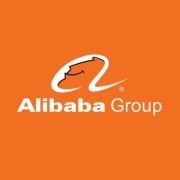


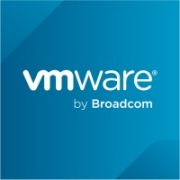



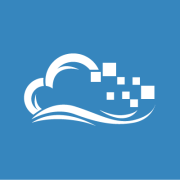

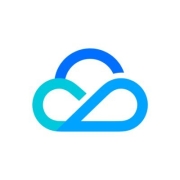
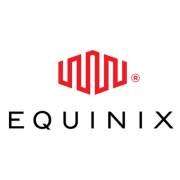
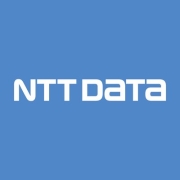

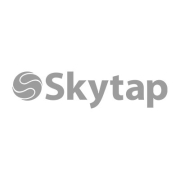
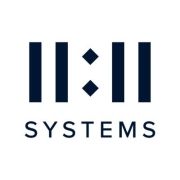
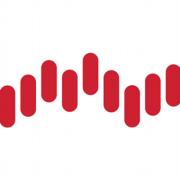



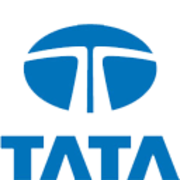





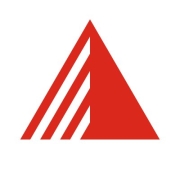
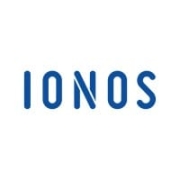






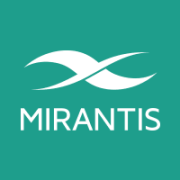
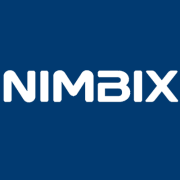


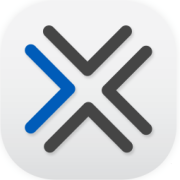



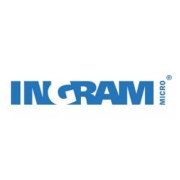

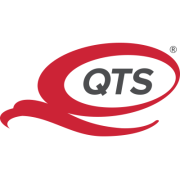


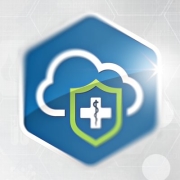
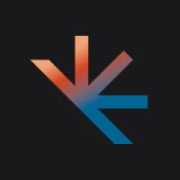
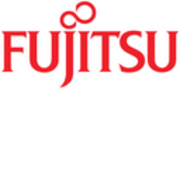
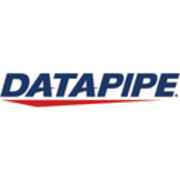
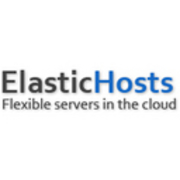
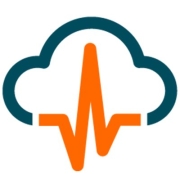



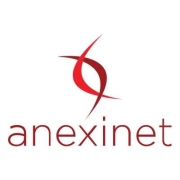

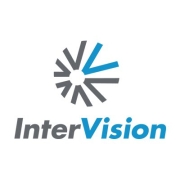
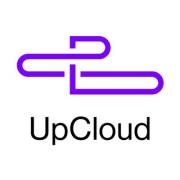


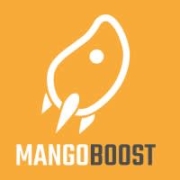
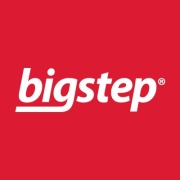

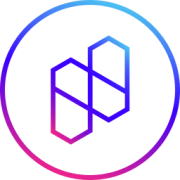

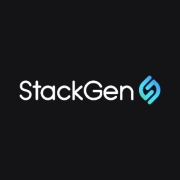
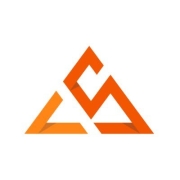

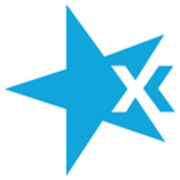



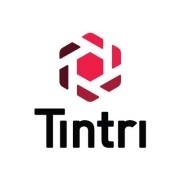
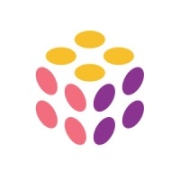
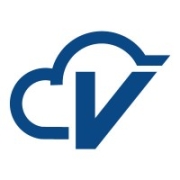



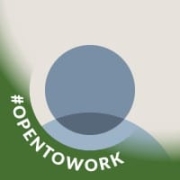


IaaS (infrastructure as a service) provides virtualized computing resources over the internet. IaaS is one of the three main categories of cloud computing services, along with platform as a service (PaaS) and software as a service (SaaS).
Like IaaS, PaaS includes infrastructure such as servers, storage, and networking. But it also provides middleware, development tools, database management systems, and more.
PaaS is a cloud computing model where a third-party provider delivers a set bundle of hardware and software tools, such as databases, server space, and code compilers, for users over the internet. A PaaS system is geared for creating and managing single specific applications that depend on specific hardware and runtime software.
SaaS is a service that delivers on-demand online front-end user software. It doesn’t require local installation of software to run. All necessary resources are provided and managed by the vendor. The user can only use the end user product provided by the service and cannot make any changes to the software or resources running the user interface.
IaaS is a service model that provides computing resources, such as virtual machines and virtual storage, over the internet and is used by network architects.
PaaS is a cloud computing model that delivers tools and run time environments that are used for application development and deployment and is used by software developers.
SaaS is a service model on the cloud that hosts software that is used by end users.
Optimizing costs in IaaS involves several strategies. Start by analyzing your usage patterns to understand which resources you need and when. Utilize auto-scaling features to match supply with demand, ensuring you're not paying for unused capacity. Explore reserved instances or long-term commitments with providers for discounted rates. Regularly review your architecture to identify any redundant or underutilized resources and eliminate them. Implementing cost-tracking tools can provide visibility and ensure alignment with your budget.
What security measures should I implement in IaaS?Security in IaaS requires a layered approach. Begin with robust firewalls and network security groups to control traffic to your instances. Encrypt data both at rest and in transit to safeguard sensitive information. Implement identity and access management (IAM) policies to ensure the right users have appropriate permissions. Regularly update and patch your systems to protect against vulnerabilities. Consider using a cloud access security broker (CASB) for an additional security layer and visibility.
How do I choose the right IaaS provider?Choosing the right IaaS provider starts with understanding your specific business needs and objectives. Compare providers on key factors such as pricing models, support, compliance requirements, and geographic availability. Evaluate their performance metrics, including uptime and speed, against your expected workload. Check for available security features and certifications that meet your industry standards. It can also be beneficial to read reviews and case studies from other businesses in your sector.
What are the benefits of using multi-cloud strategies in IaaS?Using multi-cloud strategies in IaaS offers numerous benefits. It provides flexibility in choosing best-of-breed services from different providers, allowing you to tailor solutions to specific needs. It offers redundancy and resilience, reducing the risk of downtime by distributing workloads across multiple clouds. Multi-cloud approaches can offer cost efficiencies as they let you take advantage of competitive pricing. They also help prevent vendor lock-in by keeping your architecture portable and adaptable.
How does IaaS support disaster recovery?IaaS facilitates effective disaster recovery by offering scalable resources that can quickly replicate your IT environment in the cloud. With IaaS, you can set up automated backups and maintain regular snapshots of your data and applications. Flexible storage solutions enable quick data recovery while minimizing downtime. Many providers offer disaster recovery as a service (DRaaS), which simplifies the setup and management of your recovery plan, ensuring business continuity.